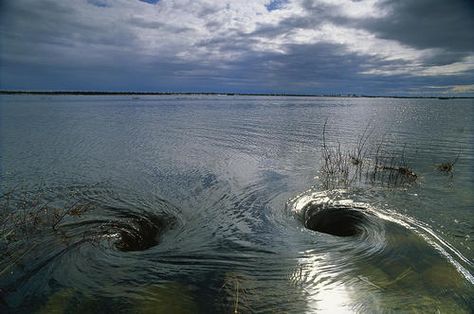|
home | what's new | other sites | contact | about |
|||
|
Word Gems exploring self-realization, sacred personhood, and full humanity
Jiddu Krishnamurti
Public Talk 4, London - 03 May 1965 excerpt Time also implies space. We only know space from a centre which is the observer; and therefore our space always has a limit, a boundary, a frontier. Actually, not as a theory, we only know the space within a house because of the four walls of the house. Within ourselves, when we look at ourselves and consider what space is, there is always a centre from which we are looking; and therefore space is limited, and its limitation is bred by the observer. In the modern world, where the amount of physical space available is becoming less and less, if one has to have space, one must go to the moon or to the other planets. the illusion of the observer Space without the centre, space without the boundary, is freedom; and that freedom is not possible when there is time which creates the illusion of the observer who limits space by his thought. The observer divides himself from the thing which he has observed, and therefore there is a space between the thing observed and the observer, which is still of time… the illusion of the centre It is only in [a higher consciousness] space that there is no influence, no pressure, no civilized entity as the observer, the centre, who discriminates, who exercises will to achieve or not to achieve. So in understanding [psychological] time, not physical time, we have also to understand this question of space - whether there is space without the observer and the thing observed. Since the observer and the thing observed are separate, there is conflict; and to understand conflict and to be, and so to be free of conflict, neither the observer nor the observed must exist. We know space because of the four walls of the house which enclose the space, and because of the chair which creates space around itself. We also know space as distance in time. We know space because we exist as human beings, with all our turmoil, conflicts, miseries and sorrow; and we also know space from the struggle, the conflict, the drive to achieve, from the centre to that which is projected by thought as the end. That centre becomes the experiencer, the observer, and from that centre one knows space, but one doesn't know space without that centre. Therefore, without discovering that space without the centre, one is always a slave to time, and hence the constant strain, the conflict of the duality of the observer and the observed. the illusion of another centre The observer, which is the "me", the thought, the centre, creates a space around himself either to ward off, to push away, to resist; or through identification, to establish another centre. The experiencer and the observer cannot exist without creating another centre. He may reject his [true] centre ... invariably creates another [centre, a 'false self'] outside of himself as an ideal, as a Utopia, as a symbol, as God, as what you will, and proceeds to identify himself with that. He still creates space as time, and requires time to achieve. One has to understand the question of time and space, if one would understand this matter of a life without effort, which is really quite extraordinary, demanding great sensitivity and great attention... If the mind is crowded and has no [higher level] space, one cannot look, one cannot really observe. To observe totally demands a looking, a seeing, a hearing in which distance is not and therefore space is not -- [egoic] space created by the centre. If I would [endeavor to] see [the real] you, and you would see me, your mind cannot be crowded with problems, with every kind of [fearful, egoic] question and doubt and misery, for then there is no [higher level] space in which to look. Most of us don't want [the high level] space, because [this] space means fear. [The ego is afraid of this kind of openness and freedom.] Is it possible to live in this world, not escaping from it, but without experiencing? Because the moment there is experiencing, there is the experiencer, who prevents space from being. [That is, the kind of space which encourages a fullness of being, without the illusions of the ego.] This is not as crazy as it sounds. It is only in [higher level] space that anything new can take place. As long as one is experiencing everything, and therefore translating the new in terms of the old, which is experience, the space created by the experiencer is always limited, because it is in the field of time. [Let's say] I have accumulated a great deal of information, knowledge and experience. That experience has created a space around itself, and therefore has [created a confining,] limited space. In that limited space I live with my identification with all the things which I have experienced, with all my memories, with the past. [I create these egoic images to protect myself.] How can I be free of it? How can I so completely reject it, that the very rejection is an explosion [that shatters the ego-images]? When we ask "How?", the "how" is disorder, because it is of time. [This means that the solution cannot be gradual, or of 'time," but must come in an instantaneous flash of higher level awareness.] Editor's note: All of this also explains why the doctrine of reincarnation is errant. Much experience can never fundamentally change or evolve us -- because experience creates the observer-experiencer, which creates the egoic centre, the focus of disorder. See much discussion in 100+ articles featuring the fraudulent concept of "R." the illusion of the individual The fact is that each human being, who is really not an individual at all, is held in time [that is, living in the past with regret or in the future which is seen as salvation], as the experiencer projecting his own space around himself [for self-protection]. That centre is the observer, and whatever he looks at is still the observed, and therefore there is no relationship between the observer and the observed... the illusion of communion ... that is, [there is] no real communion. Communion exists only when the centre is not [seen as something real or primary].
|
|||
|
|

